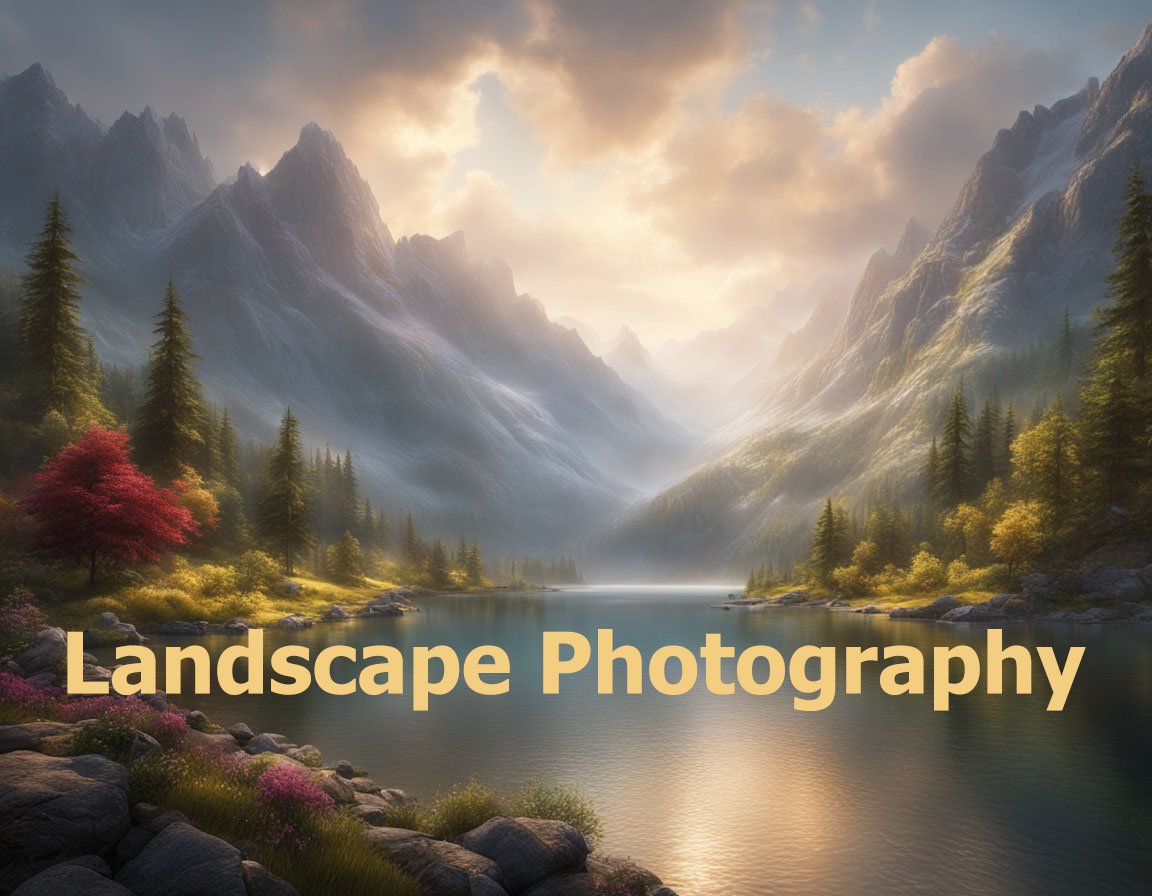The role of post-processing in landscape photography is a pivotal aspect that can elevate an image from ordinary to extraordinary. It allows photographers to enhance details, adjust colors, and ensure the final image aligns with their artistic vision. As digital photography has surged, so too has the importance of post-processing, making it an essential skill for landscape photographers aiming to produce captivating and professional-grade images.
Post-processing begins with selecting the right software. Adobe Lightroom and Photoshop are industry standards, offering extensive tools for adjustments. Lightroom is particularly favored for its intuitive interface and proficiency in handling large batches of photos. It provides non-destructive editing, meaning changes are not permanently applied to an image file, preserving the original file. This is crucial for landscape photographers who often experiment with various edits.
One key aspect of post-processing is exposure correction. Due to the dynamic range limitations in cameras, images might not capture the full range of tones present in the scene, resulting in overexposed skies or underexposed shadows. Tools like “Highlights” and “Shadows” in Lightroom help recover details in these areas. Adjusting the exposure can bring out important details in both bright and dark areas, creating a balanced image that more accurately represents the original scene.
Color correction and enhancement play another critical role. The colors captured by a camera can sometimes differ from what the photographer witnessed. By adjusting the white balance, photographers can correct color casts introduced by lighting conditions, such as the warm glow of a sunset or the cool tones of a misty morning. Additionally, using the saturation and vibrance sliders can enhance the intensity of colors, making them pop without appearing unnatural.
The application of contrast is essential in giving landscape photos depth and dimension. By adjusting contrast, photographers emphasize the difference between light and dark areas, bringing attention to specific aspects of the image. High contrast can dramatize a scene, while low contrast can create a softer, more ethereal atmosphere. The choice depends on the mood the photographer intends to convey.
Detail enhancement is achieved through sharpening and clarity adjustments. Sharpening increases the definition of edges, critical for emphasizing textures such as leaves in a forest or rocks in a landscape. Clarity adjusts mid-tone contrast, adding depth and dimension to the photo, often making textures more noticeable.
Graduated filters are especially useful in landscape photography for balancing exposure differences between the sky and ground. This tool mimics the effect of a physical graduated neutral density filter, darkening just the sky to prevent overexposure and revealing more detail. Radial filters and adjustment brushes allow for targeted edits, enabling photographers to highlight certain areas or subjects within a photo, directing the viewer’s eye precisely where desired.
The role of post-processing extends to creative effects as well. Photographers can transform a scene into black and white, emphasizing texture and composition over color. Alternatively, applying a “split-toning” technique can create a dual-color effect, adding a unique mood to sunrise or sunset images. Additionally, software allows the merging of multiple exposures through HDR (High Dynamic Range) techniques, combining the best elements from different exposure settings to produce a perfectly illuminated image.
Noise reduction is crucial when shooting in low light conditions where higher ISO settings introduce graininess. Post-processing software can smooth this noise, helping retain image quality. However, it’s essential to strike a balance since excessive noise reduction can result in a loss of detail.
Cropping is a fundamental step to enhance composition. Sometimes, the framing during the shoot may not be ideal. Post-processing allows cropping to realign the composition according to the rule of thirds or other compositional techniques, creating a more dynamic and balanced image.
Metadata and keyword tagging, although not visual edits, are part of post-processing that enhances photo management and discoverability. Properly tagged and categorized images can be easily organized within a digital library, and keywords can improve search engine optimization when sharing images online.
The ethical considerations in post-processing must also be acknowledged. While digital tools provide vast capabilities for alteration, maintaining the integrity of the scene is often debated among professionals. Over-editing can mislead viewers or convey a manipulated reality, erasing the authenticity of the captured moment.
Ultimately, post-processing is an inextricable element of landscape photography. It provides the gamut of tools necessary to correct technical shortcomings, enhance aesthetic appeal, and express the photographer’s creative voice. By mastering post-processing, photographers can ensure their landscapes are not only technically proficient but also emotionally resonant, engaging viewers and conveying the beauty and complexity of the natural world.


